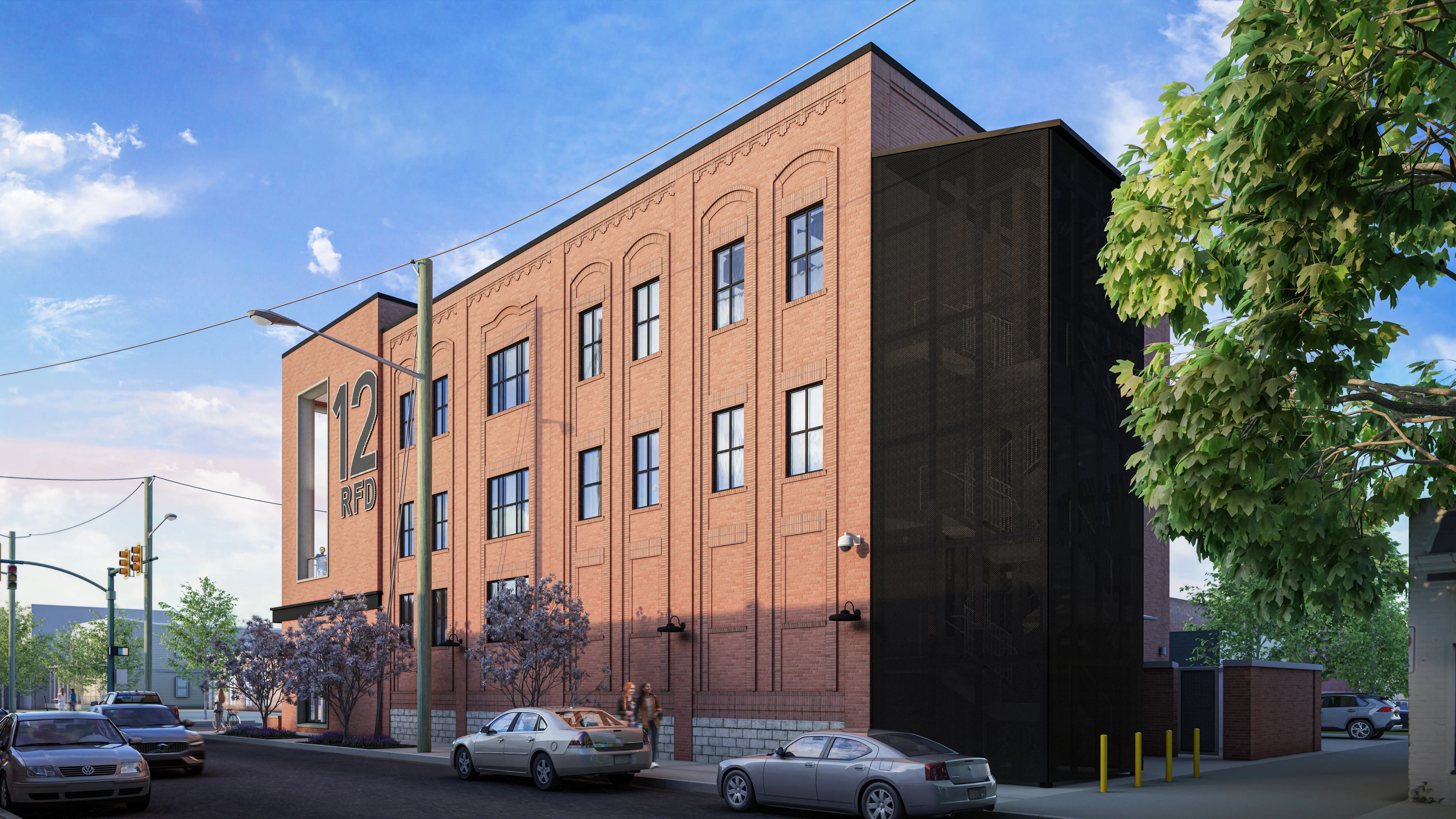
Richmond Fire Station 12
Since the 1940s, Fire Station 12 has served as a neighborhood anchor in Richmond's active Carytown district. When the aging facility needed replacement, Moseley Architects developed a design that maintains the station's established community connections while incorporating advanced safety features for contemporary firefighting needs.
Community Input
Despite the limitations of conducting design meetings during COVID-19, our team facilitated extensive virtual community engagement sessions that shaped the project's direction. The 17,000-square-foot facility evolved from discussions balancing operational requirements with community needs. While initial planning focused on emergency response capabilities, the community's input emphasized the station's role as a neighborhood gathering place, leading to design decisions that preserve this function while enhancing safety features and wellness considerations.
Safety Features
The new station incorporates advanced design elements to protect firefighter health and safety. The three-bay facility uses a zoning system that separates potentially contaminated areas from living spaces. The first floor contains the apparatus bays, decontamination facilities, and turnout gear storage, creating a controlled environment to manage carcinogen exposure—a critical consideration given firefighters' elevated cancer risks. A mezzanine-level watch office provides a public access point while supporting operational efficiency.
Living Quarters
The second floor includes well-designed living quarters focused on firefighter wellbeing. Windows throughout provide natural daylight and views, supporting both LEED certification goals and occupant wellness. The floor includes a kitchen, day room, and individual sleep rooms. The design features a dedicated respite room—a quiet space for mental health and decompression, acknowledging the importance of psychological wellness for firefighters.
Community Space
The third floor introduces a distinctive approach to fire station design with a dedicated community space open to the public. This level accommodates community meetings, birthday parties, and educational displays about Richmond's firefighting history. The traditional fire pole adds both functional use and historical connection to the vertical circulation.
Art Integration
Local art enhances the station's connection to Carytown. A commissioned piece featuring a firefighter's ladder creates visual interest on the building's facade. The interior will display a large mural depicting one of Richmond's James River bridges, created by a local artist. The station's bike racks, shaped like Dalmatian dogs, blend function with firefighting imagery while supporting the neighborhood's pedestrian character.
Neighborhood Integration
The architecture responds to its Carytown setting, with proportions that complement the district's two-story commercial buildings. A canopy maintains compatible scale with neighboring structures, fitting naturally within the streetscape.

































